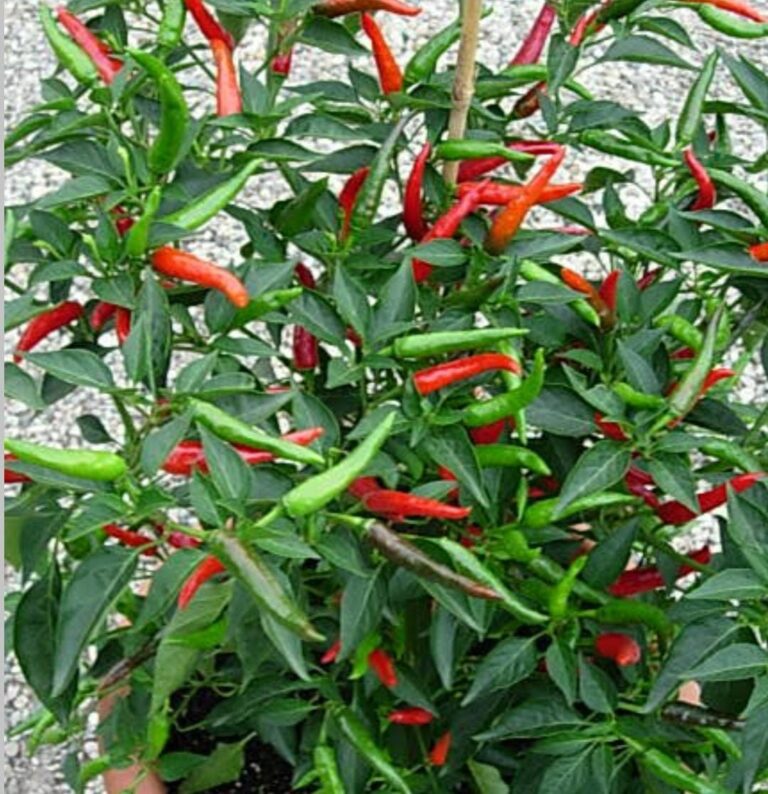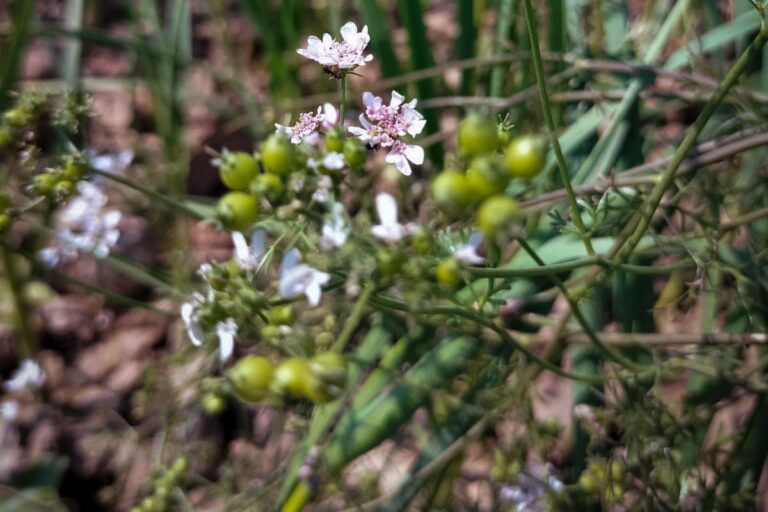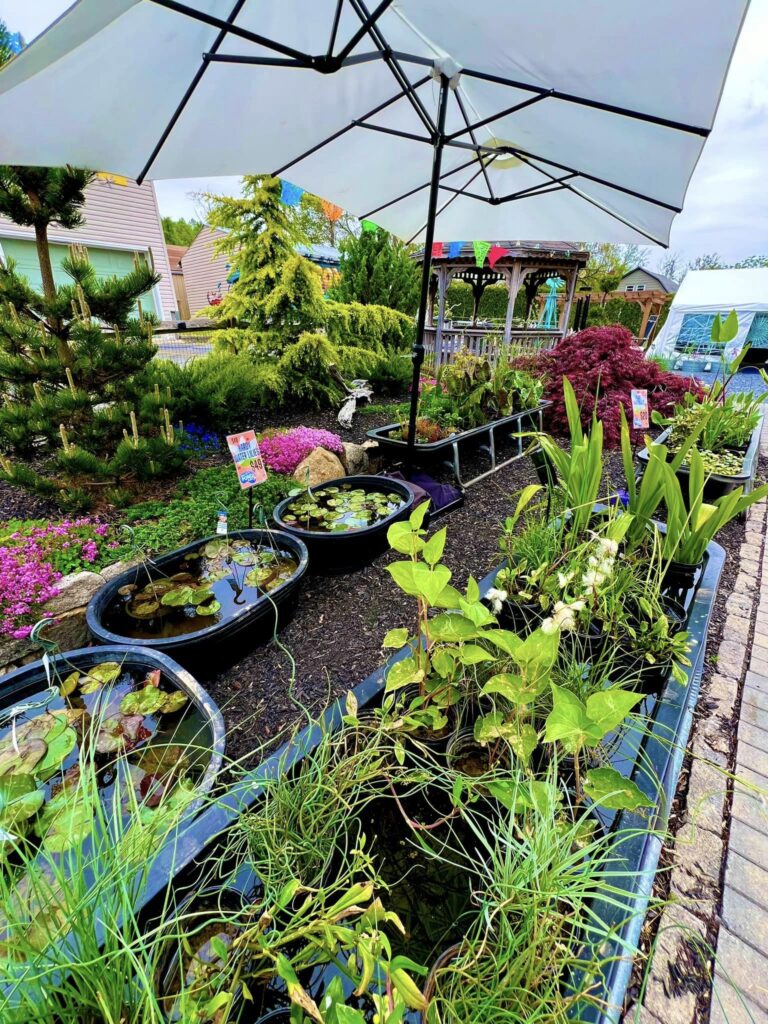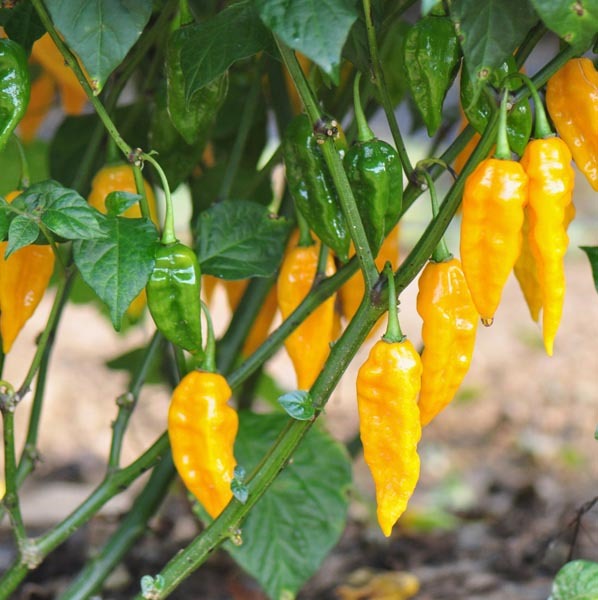From Fall to Spring: The Magic of Planting Fall Seeds
As summer gradually gives way to autumn’s warm embrace, keen gardeners and nature enthusiasts are provided with a once-in-a-lifetime opportunity to partake in one of the most captivating practices: sowing fall seeds. While April is the more conventional planting season, the temptation of sowing seeds in the fall remains, promising a tapestry of colors, aromas, and smells that delight our gardens as the seasons change. Join us as we delve into the enthralling realm of fall seed sowing and discover the secrets of supporting nature’s rejuvenation. For visuals you can catch us on YouTube.
You need to recognize that there are two different kinds of seeds that start in the fall. The first category of the plants are the ones that you would harvest before winter in the cooler regions and then there are seeds that you allow to overwinter. The overwintering is done for earlier germination and healthier, more acclimated plants.
Not all plants, of course, can be planted in the fall. Warm weather is required for some plants, such as tomatoes and cucumbers, to germinate and develop. My rule of thumb is that plants that could be grown in early spring can generally also be planted in fall, including:

- Beets
- Carrots
- Kale
- Lettuce
- Spinach
- Arugula
- Mustard greens
- Radishes
- Chives
When it comes to planting fall seeds that would be overwintered, they have a mystical quality to it. It’s as if you are sending a message to the future, knowing that these seeds will lie dormant all winter, only to spring to life with fresh life. There are several reasons to sow autumn seeds. For starters, it allows you to get a head start on the growing season. Planting in the fall gives your plants more time to develop and mature before the first frost. This can mean bigger yields and better-quality produce. Second, fall planting can aid in soil improvement. Nutrients are released into the soil during the germination and growth processes of the seeds. This can assist in boosting soil fertility and make it more plant-friendly. Some of the seeds which work very well to over winter are:
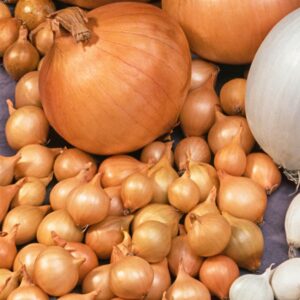
- Onions
- Shallots
- Garlic
- Spring Onions
- Asparagus
- Carrots (not in regions with extreme cold)
Another great advantage of fall planting is that it can help your garden attract beneficial insects and animals. Many insects and animals, such as bees, butterflies, and birds, are drawn to autumn flowers and other plants. You may assist in building a more sustainable and wildlife-friendly landscape by planting these plants. Here are some tips for a bountiful fall harvest below:
1. Choose The Right Seeds
Embrace autumn’s vivid tapestry by picking the best seeds for your fall garden! The art of selecting the proper seeds is the key to a healthy fall garden. Choose chrysanthemums and asters for their dazzling colors, or indulge in the gastronomic delights of crisp lettuce, strong kale, and delicious carrots. These cool-season beauties thrive in the brisk embrace of autumn, decorating your garden with a rainbow of hues and providing a rich harvest of delights. Consider your environment and local frost dates while choosing seeds to guarantee a smooth transition into lower temperatures. Discover the enchantment of fall planting by assembling a collection of seeds that can not only resist the autumn frost but will also provide you great delight as they convert your garden into a colorful paradise of beauty and nourishment.
2. Prepare The Soil
As you begin on the pleasant adventure of soil preparation, prepare for a season of bountiful growth and flourishing life! The caring embrace of well-prepared soil is the fundamental cornerstone of a successful garden. Begin by cleaning away the relics of previous seasons, and preparing your garden’s canvas for the fresh life that awaits. Infuse the soil with compost‘s richness, a golden elixir that provides nutrition and life. Till the soil gently, creating a safe refuge for roots to explore and embed themselves. Imagine the symphony of life that will soon take root as your hands cradle the earth, from the delicate tendrils of early sprouts to the luscious leaves of mature plants. This necessary task, which is sometimes overlooked as a prelude to planting, is, in reality, an act of love that secures the success of your garden and your heart’s connection to the earth’s ever-revolving cycle.

3. Timing Is Key
Embrace the essential importance of time in your fall seed-planting attempts to unlock the magical dance of nature’s rhythm! The art of exact timing is essential to the beauty of a successful fall garden. Consider this: when the sun’s warmth fades and the first chilly winds blow through, you sow the seeds that will soon bloom in a symphony of colors and flavors. Planting your seeds approximately 6-8 weeks before the oncoming frost blankets the land is your guiding star. This permits your young plants to grow roots and take advantage of the leftover warmth before the frost arrives. By following nature’s instructions, you’re creating a growing show that unfolds in perfect sync with the shifting seasons. So mark your calendars, and with each seed that touches the soil, you’re not only planting, but also weaving a beautiful story of synchronization between your hands, the land, and the ever-turning wheel of time.
4. Water Wisely
As you skillfully wield the wand of water to assure the brilliant crescendo of your seeds’ growth, imagine yourself as a loving conductor in your fall gardening symphony! Watering is an essential dancing partner in the fall seed trip. Your attentive watering orchestrates the rhythm of life in your garden, much as a conductor controls the flow of music. A steady moisture level becomes the symphony that nourishes seeds and young plants as they sprout and take root. You become the protector of life’s delicate balance, gently satisfying the earth’s needs without allowing it to parch or saturate. Water droplets kissing the earth embark on a voyage of change, nourishing tiny seeds into powerful plants that will soon color and taste your landscape. With each watering, you’re not only delivering nourishment but also participating in a delightful dance with nature.

5. Mulch For Protection
Imagine yourself as a guardian of nature’s treasure trove, using the enchanted cloak of mulch to safeguard and grow your fall seeds! Mulching, like a mystical hug, is essential in nourishing the abundance of your garden. As the days fall and the sun’s warmth fades, mulch’s insulating strength transforms into your garden’s comfy blanket. With a moderate sprinkle of mulch, you protect fragile seedlings from the harshness of frost, providing a safe sanctuary for them to flourish. This protective layer also protects the soil from temperature variations, preserving valuable moisture and promoting consistent development. The softness of the mulch provides a haven for earthworms and beneficial bacteria, resulting in a thriving ecology under the surface. When you mulch your garden, you’re telling a tale of care and harmony, ensuring that your autumn seeds bloom into a symphony of life’s abundance.
6. Provide Frost Protection
Assume the role of a watchful guardian, armed with the knowledge to protect your blossoming fall garden from the unexpected chill of frost. Frost protection, a loving hug for your prized seedlings, becomes a monument to your gardening zeal. With the weather’s unpredictability, being prepared is essential. As the temperature drops, the delicate dance of covering your plants with frost cloth or warm cloaks illustrates the fundamental connection that people have with nature. This act of protection is more than just utilitarian; it’s a lovely reminder of your dedication to the cycle of life. The soothing layers not only keep your seeds vibrantly alive, but they also foster a profound link between you and the land. Each protective gesture is a vow to foster and sustain the magnificent symphony of development that is blossoming in the warmth of your care, despite the frost in the air.
Monitor And Enjoy
As you engage on the enthralling voyage of watching and relishing the growth of your autumn seeds, you will become a master of observation and enjoyment. Every day is an invitation to behold the wonder of life as it unfolds in front of your eyes. Accept a sensation of awe that only a gardener understands when delicate sprouts break through the soil’s grip. Check the soil’s wetness on a regular basis to ensure your seedlings’ thirst is filled and their spirits remain up. Take a leisurely stroll in your garden, revealing in the everyday alterations that take place under the distinct warmth of fall light. Take a moment to observe the unfolding leaves, blossoming flowers, and the delicate dance of pollinators lured to the fall hues. The garden’s tapestry develops in colour and tale with each passing day, and your position as both watcher and nurturer blends into a beautiful rhythm that celebrates nature’s beauty.
Conclusion
As you begin your fall seed-planting adventure, keep in mind that you’re not simply planting seeds; you’re also planting hope, connection, and a profound appreciation for the cyclical cycle of life. Planting fall seeds reminds us that while one season passes, another emerges with the promise of regeneration and development. So pick your seeds, locate a comfortable position in your yard, and let the fall enchantment bloom before your eyes.




